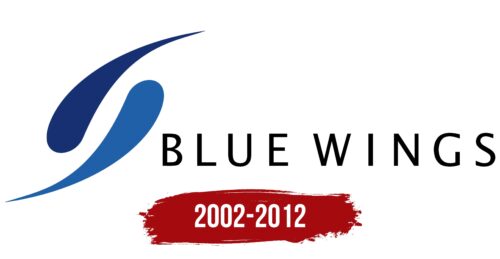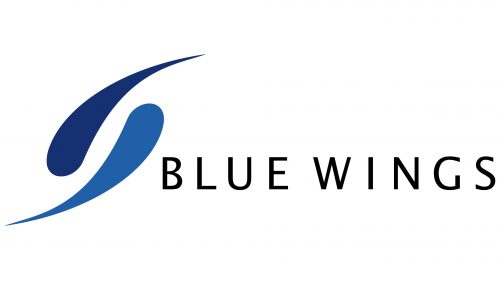Blue Wings: Brand overview
Blue Wings began operations in 2002 in Bocholt, Germany, and has since become a leading regional airline. Under the leadership of Udo Stern, it began by leasing several Airbus A320 aircraft to expand regional air travel.
In 2003, they launched commercial flights from Düsseldorf Airport to Palma de Mallorca, the Canary Islands, and the Greek islands. This marked the start of their promising aviation journey.
Between 2004 and 2006, the company grew quickly. It added more planes and routes, drawing passengers with its good service and convenient flight schedules. These were successful years with rapid expansion.
From 2007 to 2009, they faced new challenges. Bigger airlines and budget carriers began offering cheaper flights on similar routes, which increased competition. The global economic downturn worsened things by decreasing flight demand and raising costs.
To cope, the company restructured in 2010. It streamlined its routes and cut costs to remain competitive. It also looked for new partners and shared codes to stabilize its operations.
Despite these efforts, the airline’s financial situation worsened in 2011. Efforts to raise more money from investors and creditors didn’t work.
On January 31, 2012, it was forced to cease operations. His final flight marked the end of a decade-long journey that began with great ambition but faced significant industry challenges.
Meaning and History
What is Blue Wings?
It is a small German charter airline based at Düsseldorf Airport, specializing in vacation packages and corporate charter flights for tour operators, companies, and private clients. The carrier operates a fleet of narrow-body aircraft, such as the Airbus A320 and Boeing 737, equipped with comfortable cabins and modern amenities to ensure a pleasant flying experience for passengers.
2002 – 2012
The artists did not depict birds or airplane wings on the Blue Wings logo. Instead, they chose two elongated figures colored in different shades of blue. The arrangement of these figures is reminiscent of the famous yin and yang symbol, which is associated with balance, equilibrium, and harmony. The brand name is written in capital black letters. The absence of serifs makes them visually light, simple, and clear, which is important for a company working in the service sector.
The unique choice to use blobs instead of traditional wing images creates a sense of fluidity and adaptability. It shows that the company is versatile and easily adapts to changing customer needs. The design, reminiscent of yin and yang, suggests a focus on customer well-being and balance, arguably an important part of the company’s ethos. The simplicity of the sans serif font fits well with the company’s emphasis on ease and convenience of service.





